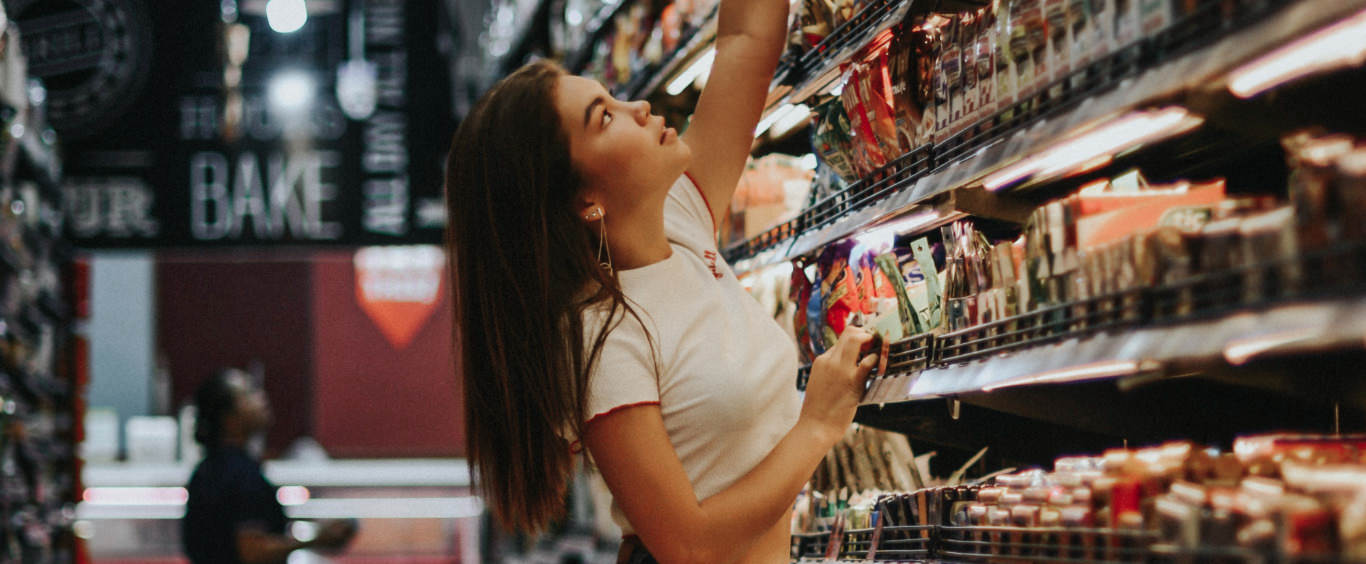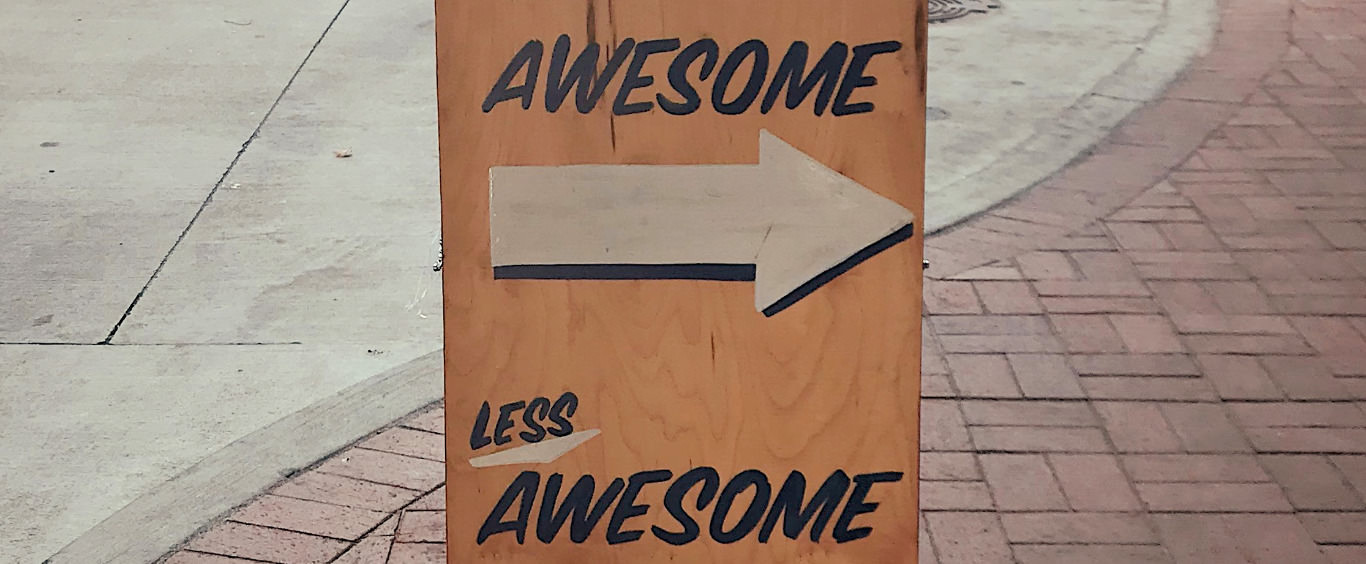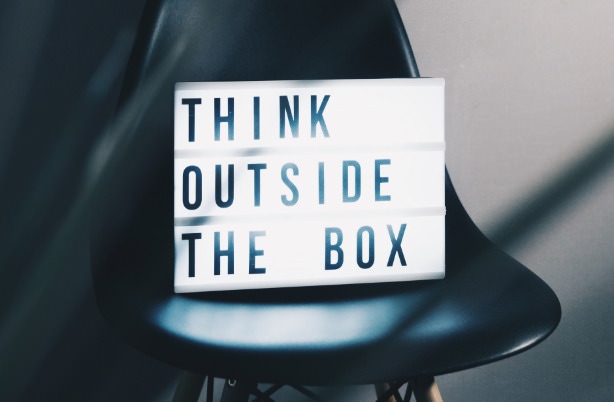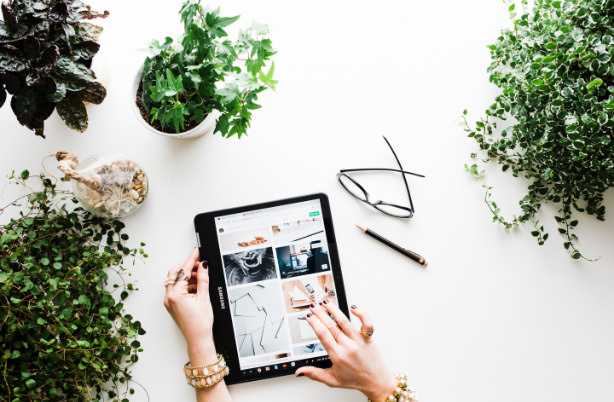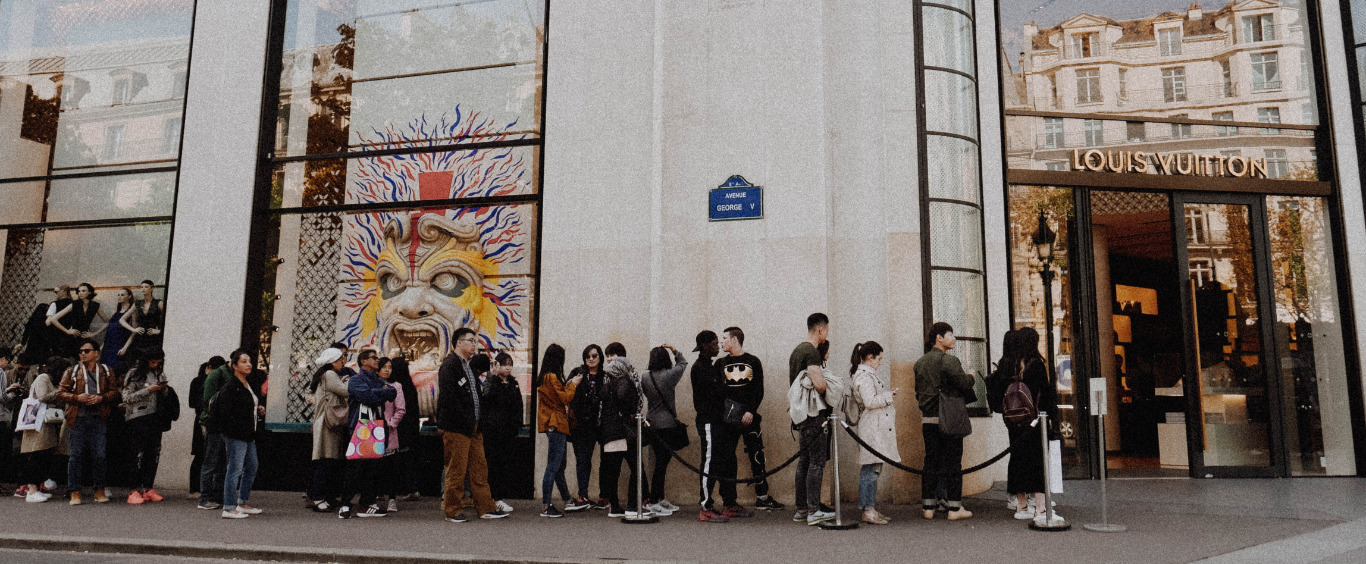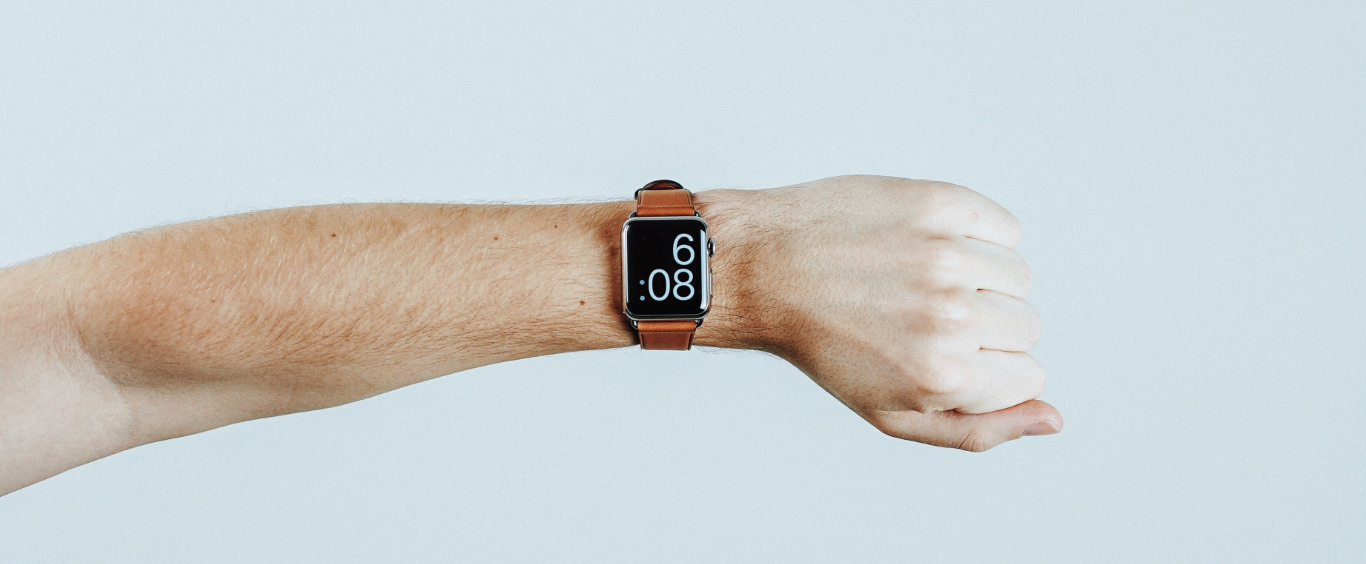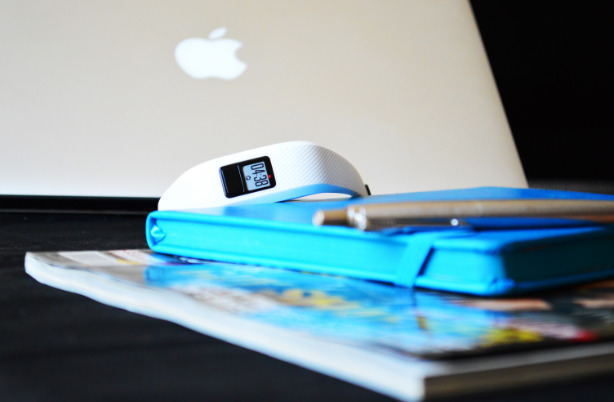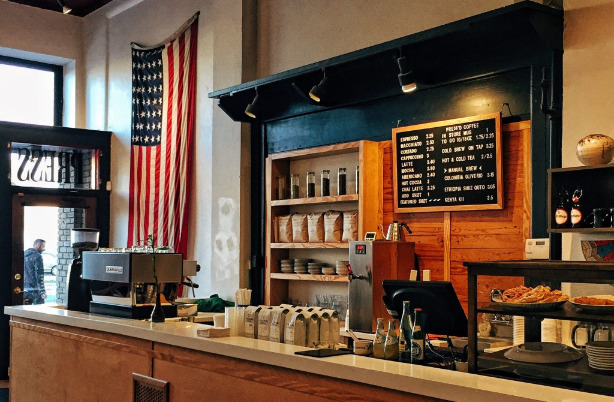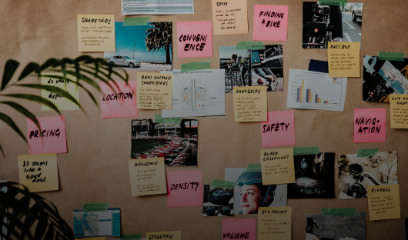Pushing Boundaries: 3 Creative Uses of Mobile Video Surveys
We often say that the limits of mobile video ethnography coincide with the limits of your imagination. At mindswarms, our clients are continually discovering new options to capture customer truths. Here are three creative uses of mobile video ethnography that prove the limits are truly endless. Check out the video here.
Mobile video ethnography has redefined qualitative research, providing an effective and credible methodology for gleaning rich consumer insights and creating empathy with customers. For more than 20 years, mindswarms founder Tom Bassett has worked in this field with clients across many industries, from software to tech to retail. He’s discovered creative ways that mobile video surveys can reach deeper into the minds and hearts of consumers; it’s market research that simply can’t be captured any other way. Here are 3 creative uses of mobile qual that show the limits are endless.
1. Need Finding
Mobile video qualitative research is enabling entirely new methodologies that were previously unavailable, pushing through previous boundaries of what research design can consider. And it’s working across many different industries. For example, when Skullcandy needed to test new packaging for their famous line of headphones, their aim was understand 1-on-1 how their target audience felt about prototype packaging, because headphones are not a group buying decision or an occasion where consumers seek sales assistance on the retail floor. By embedding photos of the proposed packaging side by side and in a retail environment, Skullcandy was able to recreate the purchasing decision in the minds of their targets, providing real, unbiased feedback on packaging design and messaging.
In addition, when DINE needed to make a snap decision on whether to introduce a B2B food service brand to consumers, they turned to mobile video surveys. The learning DINE was able to glean from the videos — from consumers’ facial expressions to their comments on the taste profile of the product — provided just what they needed to make the changes necessary to launch their new product successfully.

2. Package Testing
As a packaging feedback mechanism, mobile video surveys can help clients test packaging in several ways: (1) Consumers can react to PDFs of design concepts (2) They can share what works or doesn’t work about current packaging (3) Products can be shipped to consumers, who then share thoughts as they unbox the product. Not only do mobile video surveys easily allow consumers to invite us into their homes, but they also enable your team to accompany the consumer to the store on a shop-a-long, or anywhere else.
Prompting consumers to head to the store, we had them show us the dental hygiene aisle from their P.O.V. while talking us through what packaging stood out most to them, and why. It wasn’t just their words that had an impact, it was their facial expressions and other nonverbal cues. The results? Using this data, the client was able to make effective packaging changes to ensure they were effectively reaching their target audience.
3. Comms Testing
Mobile video surveys can enable reactions to PDFs, images, videos, and links to web sites. Consumers open file (option to password protect it), view the concepts, and provide reactions by recorded video on their mobile device. You can glean insights as to whether your key message is resonating with your target demographic, or what consumers believe is the overall brand perception. An added benefit of comms testing with mobile video surveys is that consumers are engaged in a one-on-none environment, most closely mirroring how consumers would experience marketing and advertising in actuality — alone. When outside influences are minimized, consumers tend to respond more authentically to your stimulus, and that authenticity is evidenced by their body language, facial expressions and context. Not only does this facilitate the authenticity, it also captures it.

